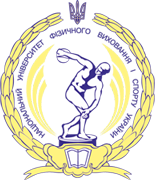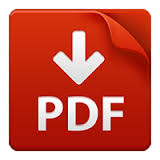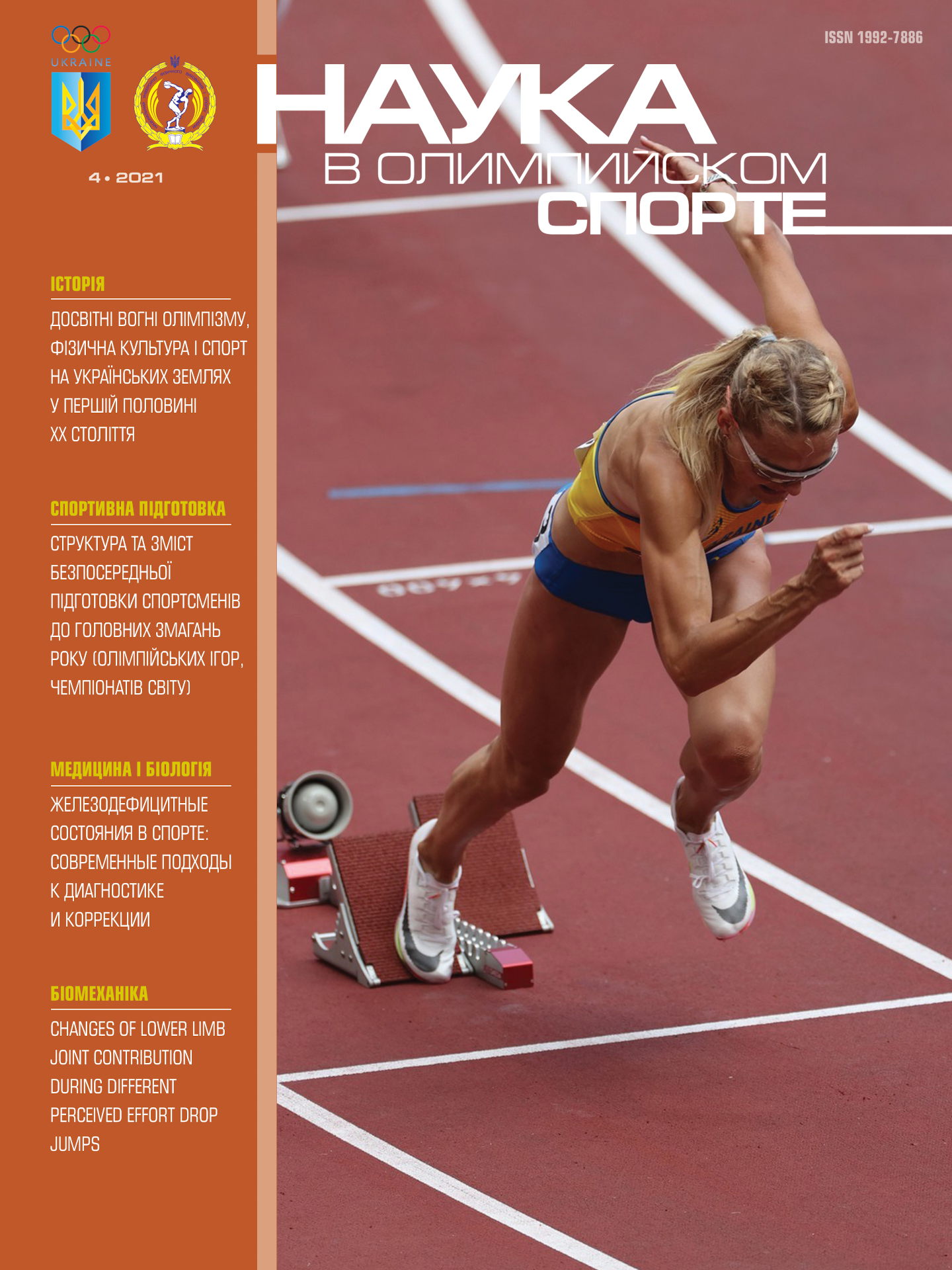doi: 10.32652/olympic2020.4_5
Objective. To form modern ideas about the problem of accumulating the negative consequences of fatigue in athletes, which in unfavorable circumstances and the lack of timely correction can gradually transform into an overtraining syndrome. Methods. Analysis and synthesis of data from modern scientific and methodological literature. Results. Data on the formation of fatigue in its successive forms - functional and non-functional, on the use of metabolic predictors for the diagnosis of overtraining, including in young athletes are presented. New results have been shown regarding the fact that, unlike other manifestations of relative energy deficiency, bone tissue disorders often develop unnoticed by the athlete and are most likely irreversible. It is demonstrated that the overtraining syndrome is currently considered as the most severe consequence of fatigue that develops as a result of the accumulation of its effects in the face of insufficient recovery and low energy availability. Conclusions. The use of a complex of metabolic predictors for the timely diagnosis of fatigue and overtraining helps to preserve the health of athletes, prevents their exclusion from the training process, and ensures the achievement of competitive results of competitive activities, and sports longevity.
Literature
1. Beals KA, Meyer NL. Female athlete triad update. Clin Sports Med 2007;26(1): 69.89. DOI: 10.1016/j.csm.2006.11.002.
2. Brooke NM, Moreau D, Hambrick DZ. The Relationship Between Deliberate Practice and Performance in Sports: A Meta-Analysis. Perspect Psychol Sci. 2016;11(3): 333.350. doi: 10.1177/1745691616635591.
3. Budgett R, Newsholme E, Lehmann M, Sharp C, Jones D, et al. Redefining the overtraining syndrome as the unexplained under performance syndrome. Br J Sports Med. 2000;34: 67.68. doi: 10.1136/bjsm.34.1.67.
4. Cassidy M, Foley D, Ostrom M, Schulz J, Trane K, et al. Validation of an Age-Appropriate Screening Tool for Female Athlete Triad and Relative Energy Deficiency in Sport in Young Athletes. Cureus. 2020;12(6): e8579. doi: 10.7759/cureus.8579.
5. Chow DL, Miller SD, Seidel JA, Kane RT, Thornton JA, Andrews WP. The role of deliberate practice in the development of highly effective psychotherapists. Psychotherapy (Chic). 2015;52(3): 337.345. doi: 10.1037/pst0000015.
6. Councilman R. No simple answers. Swimming Technique 1990;27: 22–9.
7. Gunina L, Dmitriev A, Yushkovskaya O. Pharmacological and nutritional support for the function of the musculoskeletal system of qualified athletes. Nauka v olimpijskom sporte. 2018;(3): 73-4. doi:10.32652/olympic2018.3_6.
8. Holtzman B, Ackerman KE. Measurement, determinants, and implications of Energy Intake in Athletes. Nutrients. 2019;11(3): 665. doi: 10.3390/nu11030665
9. Kellman M. Underrecovery and overtraining: different concepts . similar impact? Enhancing Recovery . Preventing Underperformance in Athletes; by ed. Kellman M. Champaign, Human Kinetics, 2002; pp 3.24.
10. Kentta G, Hassmen P, Raglin JS: Training practices and overtraining syndrome in Swedish age-group athletes. Int J Sports Med 2001;22: 460.465.
11. Koehler K, Hoerner NR, Gibbs JC, Zinner C, Braun H, et al. Low energy availability in exercising menis associated with reduced leptin and insulin but not with changes in other metabolic hormones. J Sports Sci. 2016;34: 1921–1929. doi: 10.1080/02640414.2016.1142109.
12. Kroshus E, DeFreese JD, Kerr ZY. collegiate athletic trainers’ knowledge of the female athlete triad and relative energy deficiency in sport. J Athl Train. 2018;53(1): 51–59. doi: 10.4085/1062-6050-52.11.29.
13. Leanne MR. Physical activity and its effect sonre production. Reproductive Bio Medicine Online. 2006;12(Iss 5): 579.586. https://doi.org/10.1016/S1472-6483(10)61183-2.
14. Lebois LA, Hertzog C, Slavich GM, Barrett LF, Barsalou LW. Establishing the situated features associated with perceived stress. Acta Psychol (Amst). 2016;169: 119–132. doi: 10.1016/j.actpsy.2016.05.012.
15. Lewis NA, Collins D, Pedlar CR, Rogers JP. Can clinicians and scientists explain and prevent unexplained underperformance syndrome in elite athletes: an interdisciplinary perspective and 2016 update. BMJ Open Sport Exerc Med. 2015;1(1): e000063. doi: 10.1136/bmjsem-2015-000063.
16. Logue DM, Madigan SM, Melin A, Delahunt E, Heinen M, et al. Low Energy Availability in athletes 2020: an updated narrative review of prevalence, risk, within-day energy balance, knowledge, and impact on sports performance. Nutrients. 2020;12(3): 835. doi: 10.3390/nu12030835.
18. Loucks A, Kiens B, Wright HH. Energy availability in athletes. J Sports Sciences. 2011; Suppl 1(1): S7.15. doi: 10.1080/02640414.2011.588958.
19. Loucks A. physical health of the female athlete: observations, effects, and causes of reproductive disorders. Canadian journal of applied physiology. 2001;26(Suppl 1): S176.185. doi: 10.1139/h2001-052.
20. Loucks AB, Thuma JR. Luteinizing hormone pulsatility is disrupted at a threshold of energy availability inregularly menstruating women. J Clin Endocrinol Metab. 2003;88: 297–311. doi: 10.1210/jc.2002-020369.
21. Meeusen R, Duclos M, Foster C, Fry A, Gleeson M, et al. Prevention, diagnosis, and treatment of the overtraining syndrome: joint consensus statement of the European College of Sport Science and the American College of Sports Medicine. Med Sci Sports Exerc. 2013;45(1): 186.205. doi: 10.1249/MSS.0b013e318279a10a.
22. Meeusen R, Duclos M, Gleeson M, Rietjens G, Steinacker JM, Urhausen A. Prevention, diagnosis and treatment of the Overtraining Syndrome. Eur J Sport Sci 2006;6: 1.14.
23. Melin A, Tornberg AB, Skouby S, Moller SS, Sundgot-Borgen J, et al. Energy availability and the female athlete triad in eliteen durance athletes: energy availability in female athletes. Scand J Med Sci Sports. 2015;25: 610-22. doi: 10.1111/sms.12261.
24. Melin AK, Heikura IA, Tenforde A, Mountjoy M. Energy availability in athletics: health, performance, and physique. Int J Sport Nutr Exerc Metab. 2019;29: 152-64. doi: 10.1123/ijsnem.2018-0201.
25. Meyer N, Reguant-Closa A. «Eat as If You Could Save the Planet and Win!». Sustainability integration into nutrition for exercise and sport. Nutrients. 2017;9(4): 412. doi: 10.3390/nu9040412.
26. Mountjoy M, Sundgot-Borgen J, Burke L, Carter S, Constantini N, et al. The IOC consensus statement: beyond the Female Athlete Triad . Relative Energy Deficiency in Sport (RED-S). Br J Sports Med. 2014;48(7): 491-7. doi: 10.1136/bjsports-2014-093502.
27. Nattiv A, Agostini R, Drinkwater B, Yeager KK. The female athlete triad. The interrelated ness of disordered eating, amenorrhea, and osteoporosis. Clin Sports Med 1994;13(2): 405-18.
28. Otis CL, Drinkwater B, Johnson M, Loucks A, Wilmore J. American College of Sports Medicine position stand. The Female Athlete Triad. Med Sci Sports Exerc. 1997;29 (5): i-ix. doi: 10.1097/00005768-199705000-00037.
29. Otis CL. Exercise-associated amenorrhea. Clin Sports Med 1992;11(2): 351-62.
30. Raanes EFW, Hrozanova M, Moen F. Identifying unique contributions of the coach–athlete working alliance, psychological resilience and perceived stress on athlete burnout among norwegian junior athletes. Sports (Basel). 2019;7(9): 212. doi: 10.3390/sports7090212.
31. Raedeke TD, Smith AL. Coping resources and athlete burnout: a examination of stress mediated and moderation hypotheses. J Sport Exerc Psychol 2004;26: 5255-41.
32. Raglin J, Sawamura S, Alexiou S, Hassmen P, Kentta G. Training practices and staleness in 13- to 18-year-old swimmers: a cross-cultural study. Pediatr Exerc Sci 2000;12: 61-70.
33. Raglin J, Wilson G. Overtraining in athletes; Emotions in Sport; by Hanin Y. (ed). Champaign, Human Kinetics, 2000; pp. 191.207.
34. Richardson SO, Andersen MB, Morris T. Overtraining athletes: personal journeys in Sport. Champaign, Human Kinetics, 2008. 224 s.
35. Rybina IL, Gunina LM. Modern laboratory markers of control and management of the training process of athletes: science and practice. Moskva, Sport, 2020. 455 s.
36. Uusitalo A. A Comment on prevention, diagnosis and treatment of the overtraining syndrome. Eur J Sport Sci. 2006;6: 261-62.
37. Wells KR, Jeacocke NA, Appaneal R, Smith HD, Vlahovich N, et al. The Australian Institute of Sport (AIS) and National Eating Disorders Collaboration (NEDC) position statement on disordered eating in high performance sport. Br J Sports Med. 2020;54(21): 1247-58. doi: 10.1136/bjsports-2019-101813.
38. Zanker CL. Regulation of reproductive function in athletic women: an investigation of the roles of energy availability and body composition. Br J Sports Med. 2006;40(6): 489-90. doi: 10.1136/bjsm.2004.016758.
Received: 18.12.2020
doi: 10.32652/olympic2020.4_5
Обзор современной литературы посвящен проблеме кумуляции у спортсменов негативных последствий длительного недовосстановления, что при неблагоприятном стечении обстоятельств может постепенно трансформироваться в переутомление и приводить к развитию синдрома перетренированности. Приведены новые данные об использовании метаболических предикторов для диагностики перетренированности у юных спортсменов.













